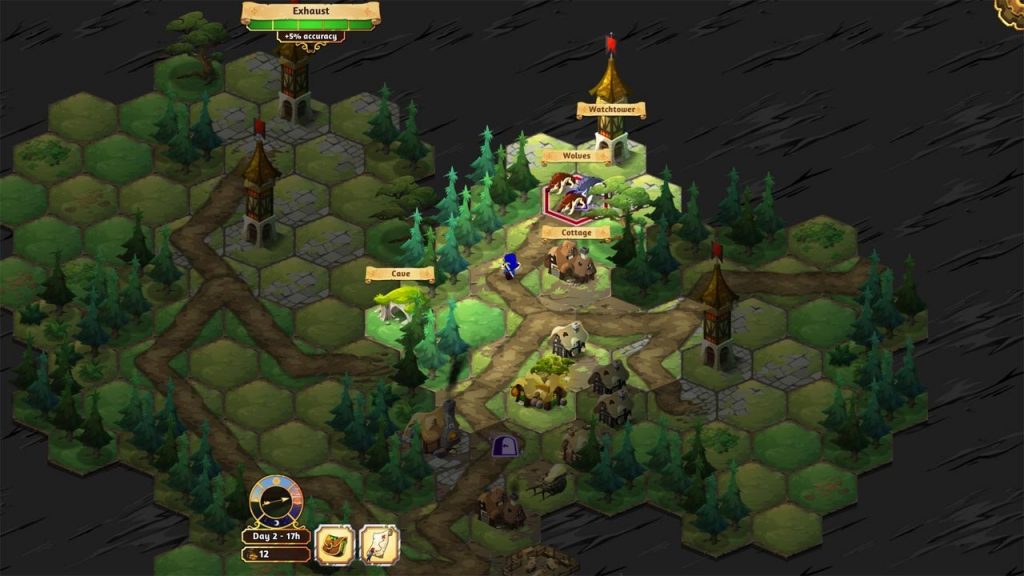

In many cultures, however, men and women are encouraged to adopt traditional and often rigid gender roles. The collective unconscious may contain notions about how women should behave while personal experience with wives, girlfriends, sisters, and mothers contribute to more personal images of women. These archetypal images are based upon both what is found in the collective and personal unconscious. According to Jung, the animus represents the masculine aspect in women while the anima represented the feminine aspect in men. Jung suggested the influence of the animus and anima archetypes were also involved in this process. Jung believed that physiological changes as well as social influences contributed to the development of sex roles and gender identities.
CROWNTAKERS ARCHETYPES UPDATE
Crowntakers Steam charts, data, update history. With its randomly generated world, Crowntakers offers a varied gaming experience every time you set out to fight evil. The anima/animus represents the "true self" rather than the image we present to others and serves as the primary source of communication with the collective unconscious. Crowntakers combines turn-based strategy with RPG elements and takes you at the behest of the crown into a medieval fantasy world full of challenging encounters and epic adventures. The anima is a feminine image in the male psyche, and the animus is a male image in the female psyche.

CROWNTAKERS ARCHETYPES HOW TO
These "primordial images," as he initially dubbed them, serve as a basic foundation of how to be human. He believed that the human mind retains fundamental, unconscious, biological aspects of our ancestors. Jung rejected the concept of tabula rasa, or the notion that the human mind is a blank slate at birth to be written on solely by experience. For it is the function of consciousness, not only to recognize and assimilate the external world through the gateway of the senses but to translate into visible reality the world within us," he suggested. In their present form, they are variants of archetypal ideas created by consciously applying and adapting these ideas to reality. "This is particularly true of religious ideas, but the central concepts of science, philosophy, and ethics are no exception to this rule. "All the most powerful ideas in history go back to archetypes," Jung explained in his book, "The Structure of the Psyche." Archetypes organize how we experience certain things. He suggested that these models are innate, universal, unlearned, and hereditary. Jung believed that archetypes come from the collective unconscious.

It contained all of the knowledge and experiences that humans share as a species. The collective unconscious is a unique component in that Jung believed that this part of the psyche served as a form of psychological inheritance.


 0 kommentar(er)
0 kommentar(er)
